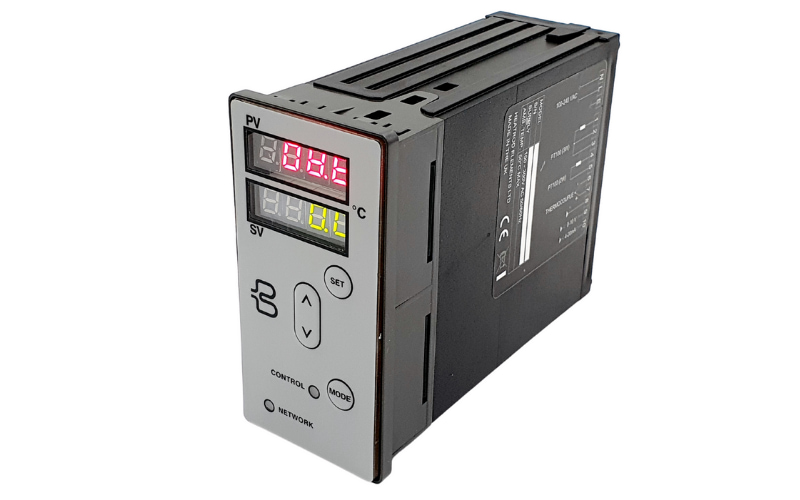Energy from Waste
Electric heat tracing is required within the Energy from Waste industry for freeze protection or temperature maintenance of pipes and equipment.
Frost Protection
In cold climates, water or chemical pipework often needs to be heat traced to prevent freezing. Thermal insulation alone is incapable of preventing freezing over prolonged periods. Parallel resistance self-regulating cables or constant power cables are chosen which can be cut-to-length as required on site.
Transporting Ash
Silo ash is transported around plants. Heat Tracing is used for temperature maintenance to keep the internal surfaces of equipment at a temperature above the point at which condensation occurs.
Large Vessels
Heat tracing is applied to vessels to ensure that products are stored at the correct temperature. Usually the system is designed to compensate for heat losses through the thermal insulation. In some cases, sufficient heat is installed in order to raise the temperature of the vessel under defined conditions. The thermal insulation is the first line of defence against heat loss from a bare surface. Once the heat losses have been calculated you can determine the amount of power required based on the heat losses, the size of the tank and the power output of the heater.
Process Temperature Maintenance
Temperature Control of complex valved piping systems, such as those around pumping sets and manifolds, can create a problem for the designer. All pipe sections are not subjected to the same flow conditions. Often, only one or two pumps are operational whilst the remainder are in the standby or no flow condition. A temperature sensor located on a flowing pipe may de-energise tracing on static lines when heat is actually needed and vice-versa.
Case Study:
Heat Trace Limited have previously completed a project that included full design, installation and commissioning of electric heat tracing system and control panels within an Energy from Waste plant.














